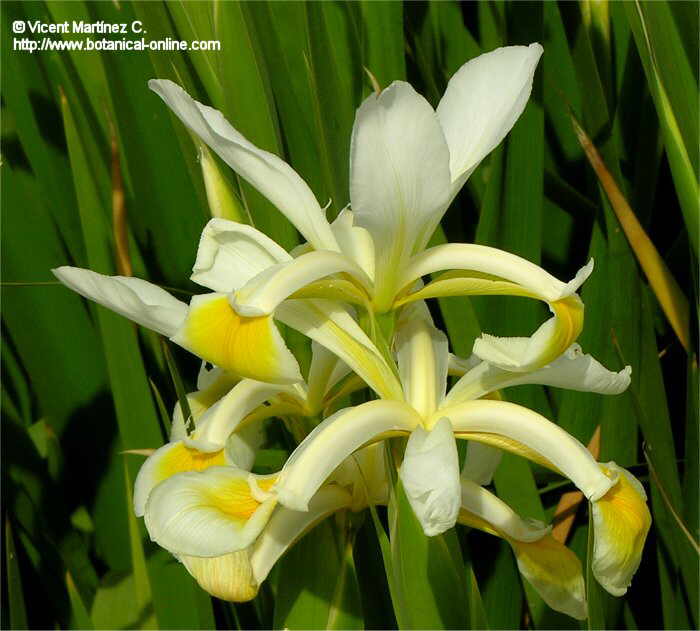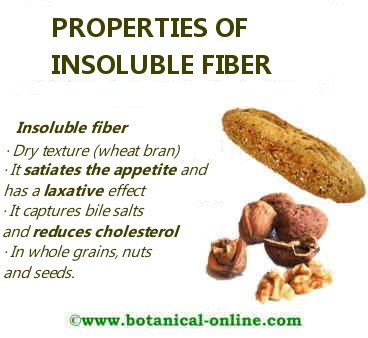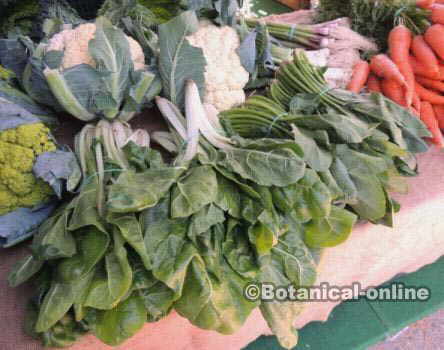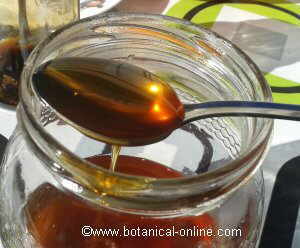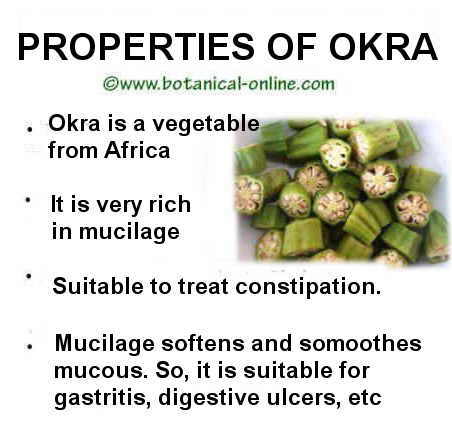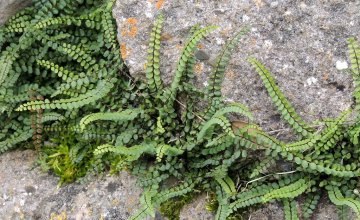Contents
Importance of a suitable diet in hypotension
Nutrition plays a fundamental role in controlling hypotension by helping to prevent the causes and factors that predispose to its occurrence.
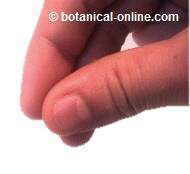
Salt intake and hypotension
A low salt diet intake can be the main factor that produces hypotension. Sodium is necessary for the body to retain liquids and raise blood pressure. Salt importance has been depreciated in later years because of many studies pointing out its negative effects for health, specially as a triggering hypertension factor.
Maybe some should restrict salt intake very much because they are prone to develop high blood pressure, but sodium is necessary to maintain the fluids balance in the body, particularly for those who use to offer low blood pressure.
Salt intake can be done by adding salt to your meals. In case you are used to non-salty meals, you can take salt tablets which are available without prescription in pharmacies or herbalists. (The usual dose generally is from 900-1000 mg three times a day, but it is very convenient to begin with lower doses and arrive progressively to this daily dose)
Water intake and hypotension
Drinking much water increases blood volume which raises blood pressure. Although your body will demand to drink more water if you increase your sodium intake, you should not forget to drink a minimum of 2 liters of water a day if you are suffering from hypotension. Apart from mineral or tap water, it could be very suitable for you to drink sport water or other rehydration liquids. Both of them contain high amounts of sodium.
Vitamin deficiency and hypotension
Lack of vitamins, especially vitamin C, Vitamin B and vitamin E shortness can be responsible for hypotension. This is particularly true in case of Vitamin B 5 or pantothenic acid deficiency. This vitamin is necessary for proper energy production and metabolism of fats, proteins and carbohydrate and the formation of iron. Pantothenic acid deficiency can also lead to a too high sodium removal.
All animal foods contain Vitamin B5 but liver or viscera are particularly rich. Chicken meat or eggs also contain a lot. All vegetable sources contain it but whole grains (rice, wheat, etc.) are especially rich
In reference to Vitamin C, peppers are one of the plants in the world that has more quantity. Citrus fruits are also very rich in this vitamin (oranges, lemons, grapefruits, etc.).
Dark green leafy vegetables such as cabbage or broccoli are important sources of this vitamin. Other plants that contain this vitamin include cauliflowers, radishes, brussels sprouts, spinach, bananas, apples, melons, watermelons, carrots, pineapples, pears, papayas, barley, garlic, celery, peas, strawberries, grapes, figs, beans, chicory, blueberries, potatoes, avocados, soybeans, cherimoyas, pomegranates, coconuts, etc.
Plant food containing vitamin E are vegetable fats: wheat germ oil, sunflower seeds, toasted almonds, soy lecithin olive oil. Other plant sources have lesser amounts, such as apples or asparagus. Many other vegetables have vitamin E but in such small amounts that are not worth naming.
Protein deficiency and hypotension
A good protein level is necessary for cell building, including those of blood vessel. Blood vessels in a person with hypotension may be to weak to bump blood properly.
Animal proteins are better assimilated than vegetable. In this sense it is said that animal proteins are complete proteins. Plant proteins are considered incomplete proteins. The most complete animal food protein is egg from which we assimilate 90% of their protein content. Milk is another food of animal origin with high-quality protein, of which 80% is assimilated.
Within plant foods, wheat has the greater biological value because the body assimilates only 50% of its proteins.
To assimilate vegetable proteins it should be necessary to combine different types of foods so that this combination can solve this deficiency. For example, cereals are low in lysine but rich in methionine and cystine. Legumes have low methionine and cystine but the are very rich in lysine. Combining, for example, wheat with lentils we get a balanced combination of proteins. When we combine both food proteins we get a similar quality protein content than when we eat meat.
A good way to get high quality protein for people ovo-lacto-vegetarian is to combine eggs or milk or dairy products with plant foods. Among the interesting matchups we will include the following:
– Yogurt with cereal.
– Pasta with cheese
– Vegetables with egg
![]() More information about low blood pressure.
More information about low blood pressure.

